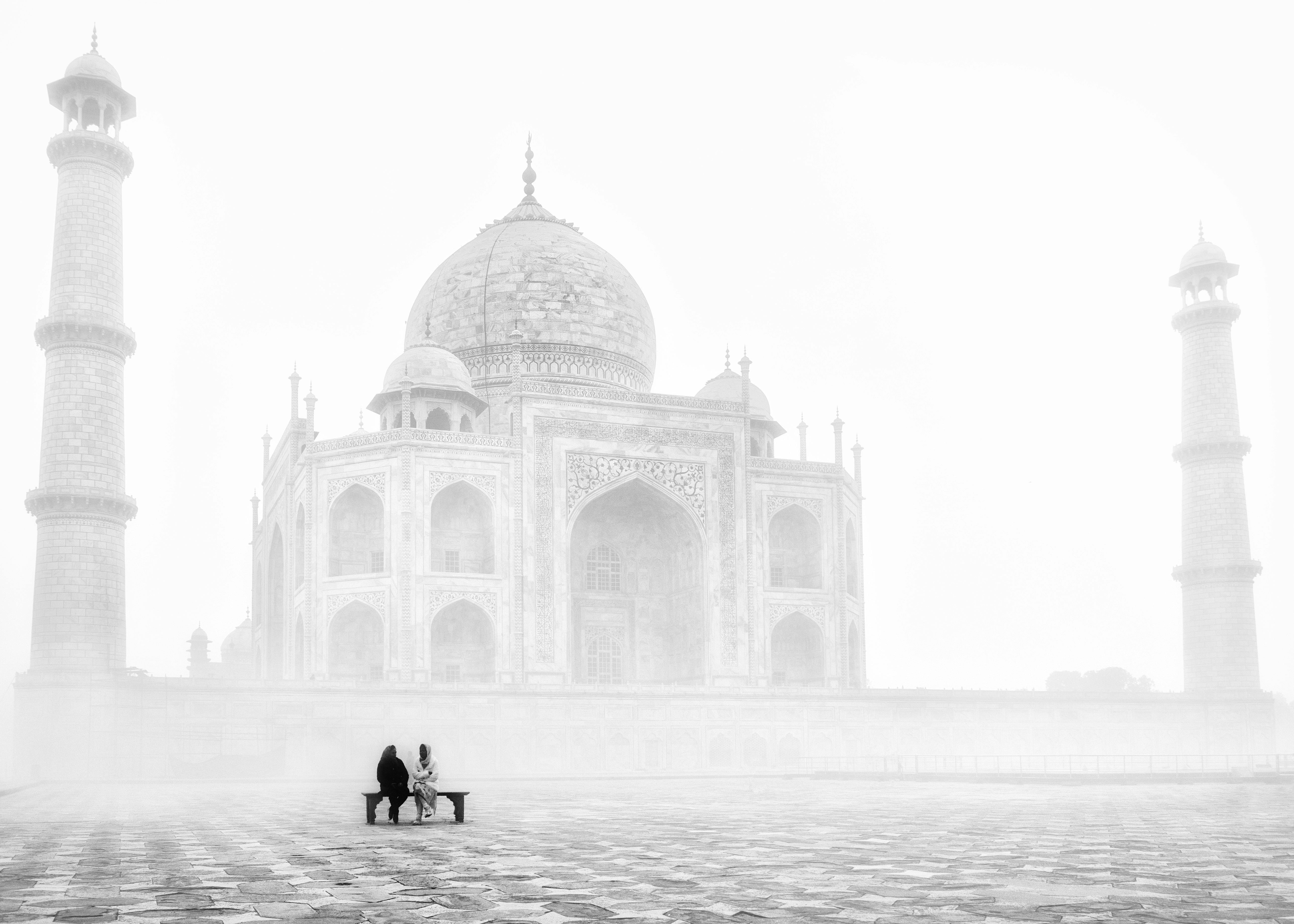Baseball has retained the loyalty of millions of devoted fans in the face of strong challenges from the more perpetually active professional football and basketball. Much of its sustained appeal appears to come from ongoing, often successful, attacks on long-standing registries.
The record makers
Although major league baseball, in the form of the National League, dates back to 1876, most of its pre-1900 achievements are lost in the mists of antiquity. Field conditions, equipment, and the rules governing such matters as balls, strikes, and fouls were so different that, for the most part, individual and team records do not compare to later accomplishments. The 20th century brought not only the new American League but also a relative stabilization of the rules and conditions in both leagues.
In the 1920s, players and fans were well aware of batting and pitching records. With former pitcher Babe Ruth earning national hero status by hitting an unprecedented number of home runs, baseball executives redesigned the ball to make it “more lively.” Ruth, whose “dead ball” record had been 29, went on to smash 54 in 1920 and 59 in 1921. In 1927, when he began to threaten his own record, fans enjoyed a contest with his teammate, Lou Gehrig. , which ended with Gehrig at 47 and Ruth at a new mark of 60.
When that total withstood challenges in the 1930s from Hack Wilson, Jimmie Foxx, and Hank Greenberg at 56, 58, and 58, respectively, it began to take on the aura of the unattainable. So too, Rogers Hornsby’s .424 batting average in a season, Ty Cobb’s .367 career average, his 4,191 hits, his season and career stolen base records, and 714 total home runs in Ruth’s career. Add to that Gehrig’s streak of 2,130 consecutive games played, which was interrupted in 1939 only by his falling victim to amyotrophic lateral sclerosis.
That same year the Baseball Hall of Fame was inaugurated and the records of the first two generations of immortals with their winners were consecrated. Sports publications and broadcasts made baseball fans increasingly aware of the aforementioned records and others such as Cy Young’s 511 career wins, Walter Johnson’s 56 consecutive scoreless innings, Christy Mathewson’s three shutouts in a World Series and George Sisler’s 257 hits in a season.
breaks them records
Ironically, Ruth’s season record was the first of the “unattainable” to disappear. In 1961, Yankees teammates Roger Maris and Mickey Mantle repeated the Ruth-Gehrig matchup of 1927, with Maris reaching 61 on the final day and an injured Mantle falling short of 54. The addition of seven games to the schedule that year raised some questions. about acknowledging Maris’s total as a new record, but it went into the books. In fact, it had lasted three years longer than Ruth’s when the St. Louis Cardinals’ Mark McGwire scored 70 in 1998. McGwire was surpassed in just three years by Barry Bonds’ 73, and both totals are now viewed with some skepticism because to performance suspicions of drug use by both stars.
Ruth’s career record stood until 1974, when Hank Aaron hit his 715th home run, and Aaron’s eventual 755th was surpassed by Bonds in 2007. Johnson’s record for scoreless innings was broken by LA Dodgers Don Drysdale and Orel Hershiser in the 1960s and 1980s, respectively. Gehrig’s “Iron Man” standard fell to Cal Ripken in 1995. Sisler’s base hit record lasted the longest, 84 years, until Ichiro Suzuki of the Seattle Mariners scored 262 in 2004.
The Dodgers’ Maury Wills broke Cobb’s season record with 104 stolen bases in 1962 and was in turn far surpassed 20 years later by Ricky Henderson’s 130. Henderson finished with 1,406 career steals, more than 500 more than Cobb’s mark. Pete Rose, who played most of his career with the Cincinnati Reds, surpassed Cobb’s hit record of 4,256 in 1986.
what will last
With so many “unreachables” falling by the wayside, it’s risky to predict which one will last. But changes in some game conditions and practices give some clues. Although some hitters have flirted with a .400 average, no one has stayed that high for a full season since Ted Williams in 1941. While it’s possible that Suzuki or some yet-unknown star will pull it off, Hornsby’s .424 seems certain. With the dominance of night baseball, new pitchers in late innings and increased home run rewards, Cobb’s .367 career average is probably out of reach as well. And since pitchers don’t start or finish as many games as their counterparts from the first half of the last century, no one is likely to come close to Cy Young’s 511 career wins.
What is the most tempting of the remaining long-playing records? On the relatively rare but recurring occasions when someone hits safely in 30 or more consecutive games, some expert will reexamine Joe DiMaggio’s 1941 record of 56 for vulnerability. Rose’s 44 in 1978 is the closest anyone has ever come, but 12 more doesn’t seem implausible. Stay tuned.
(All stats from Baseball-Reference.com)


